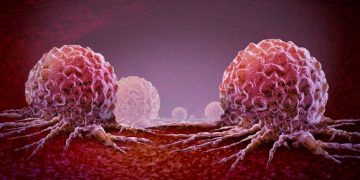When a person has bile duct cancer, there are many symptoms to watch for. While a blood test is not a reliable diagnostic tool, the doctor can conduct a biopsy in order to determine the extent of the cancer. The biopsy will reveal the cancer type, grade, and potential for aggressiveness. The doctor will use a needle or perform a surgical procedure to obtain the tissue sample. The doctor may also perform blood tests to determine the organ’s function or look for an infection or increased protein levels, which are symptoms of bile duct cancer. Finally, the doctor may perform an ultrasound exam to pinpoint the tumor’s location.
Some patients may be offered chemotherapy and surgery to remove the cancer. Other treatments are designed to control the symptoms and reduce the risk of the cancer returning after surgery. In some cases, patients may receive photodynamic therapy (PDT) to shrink the tumor and control other symptoms. Depending on the type of bile duct cancer, a patient may be offered a combination of treatments. If the cancer is localized, radiotherapy may be used to treat it.
If the cancer has spread to the bile duct, symptoms may include abdominal pain. This pain is often experienced on the right side, below the ribs. However, abdominal pain may also be caused by less serious conditions, such as gallstones. Additionally, itching is another symptom, a result of bile duct cancer. Fortunately, there are other ways to determine whether you’re experiencing any of these symptoms.
There are many risk factors for bile duct cancer. In addition to alcohol consumption, people with underlying liver disease are more likely to develop this cancer. Chronic inflammation of the bile duct may increase your risk of developing bile duct cancer. Primary sclerosing cholangitis is another potential risk factor. These conditions can lead to the formation of bile duct stones and the occurrence of cancer.











